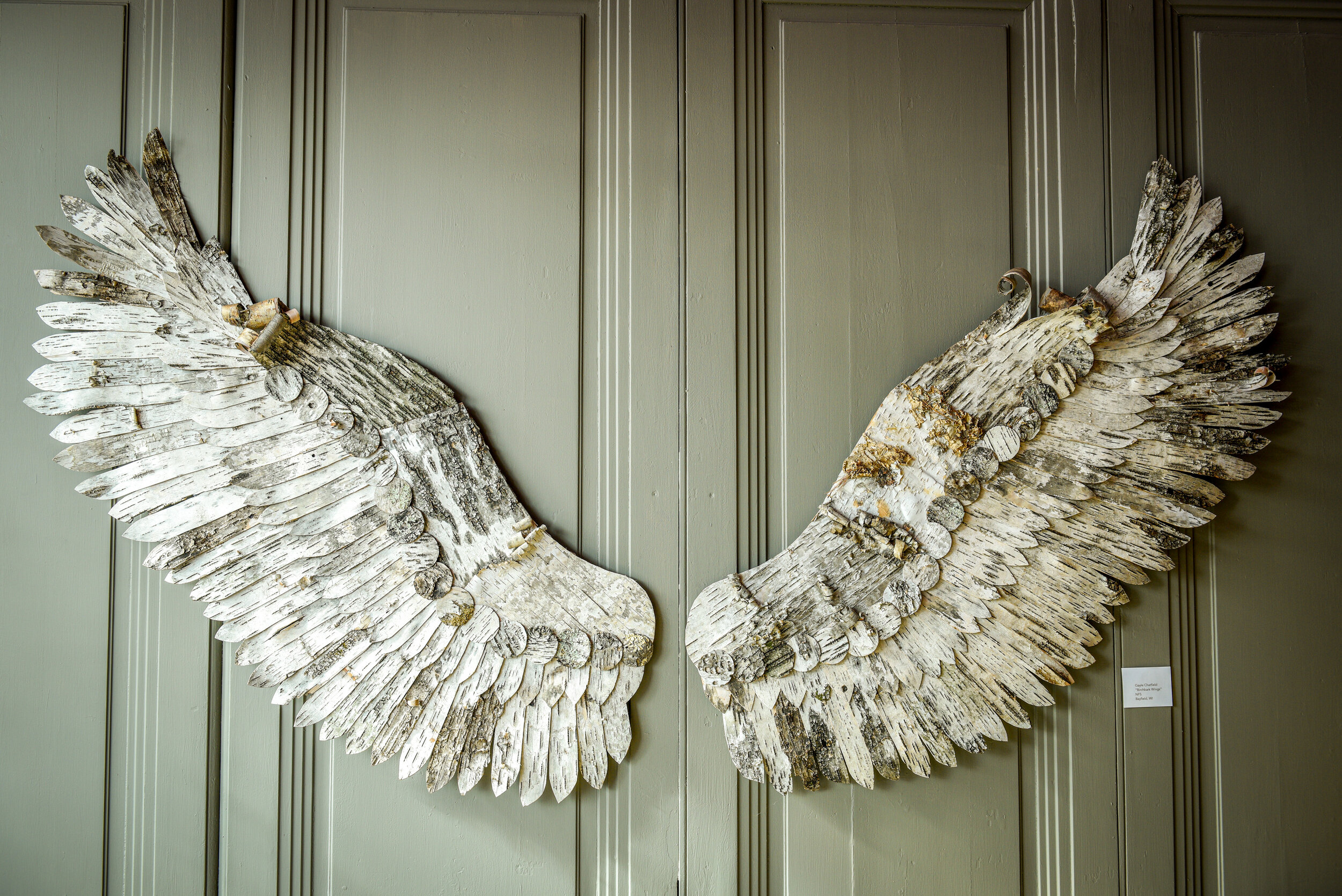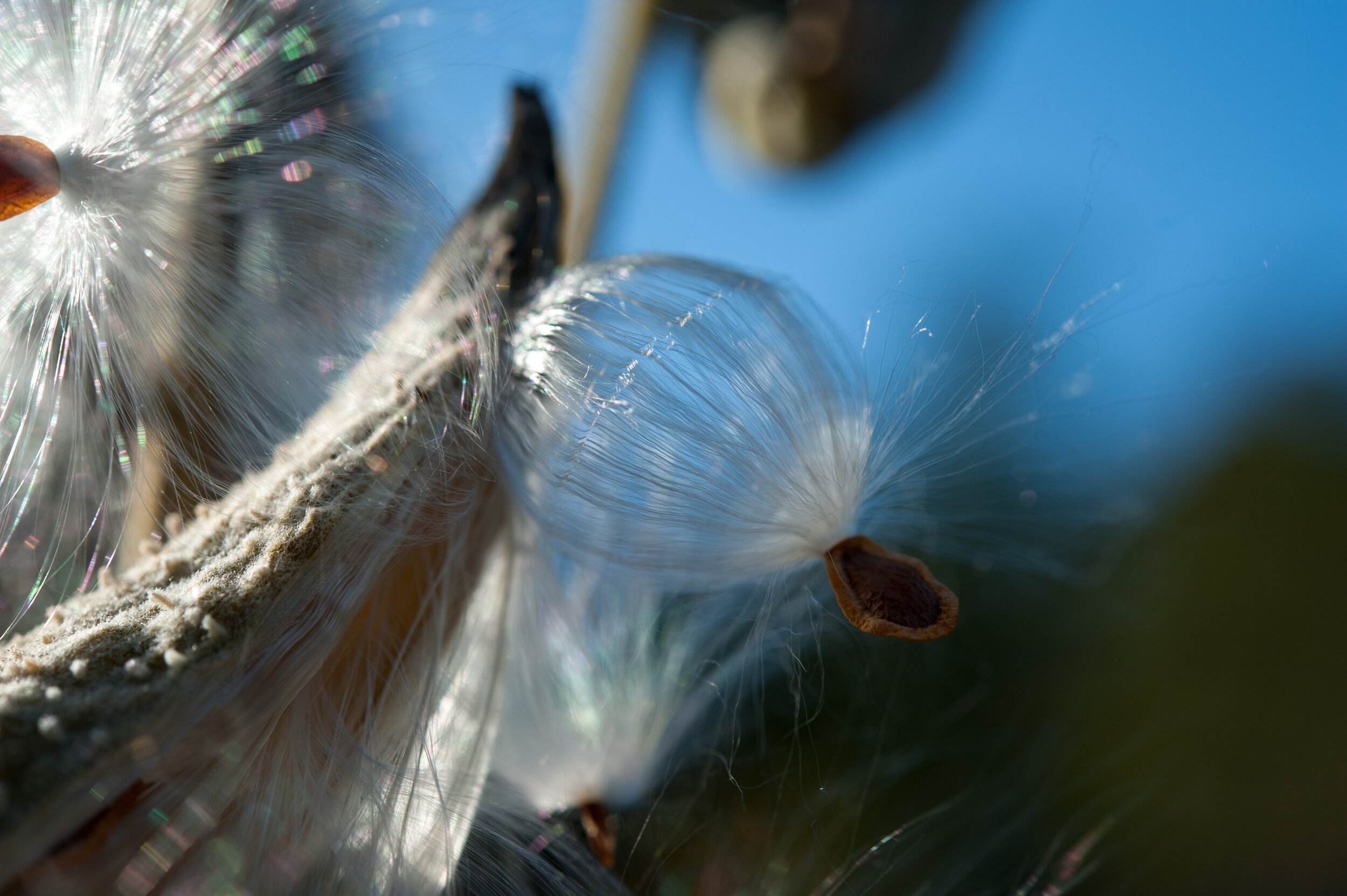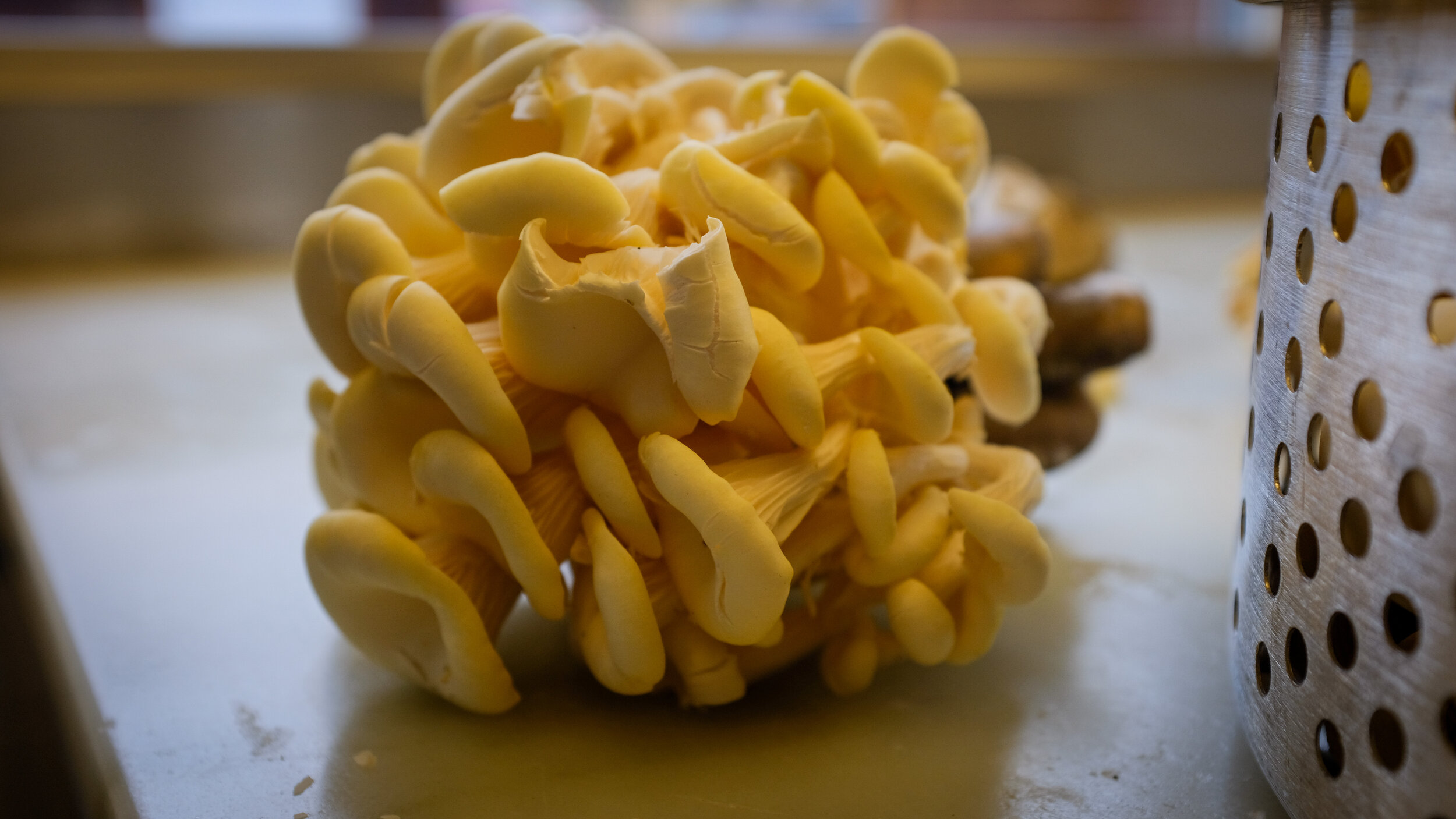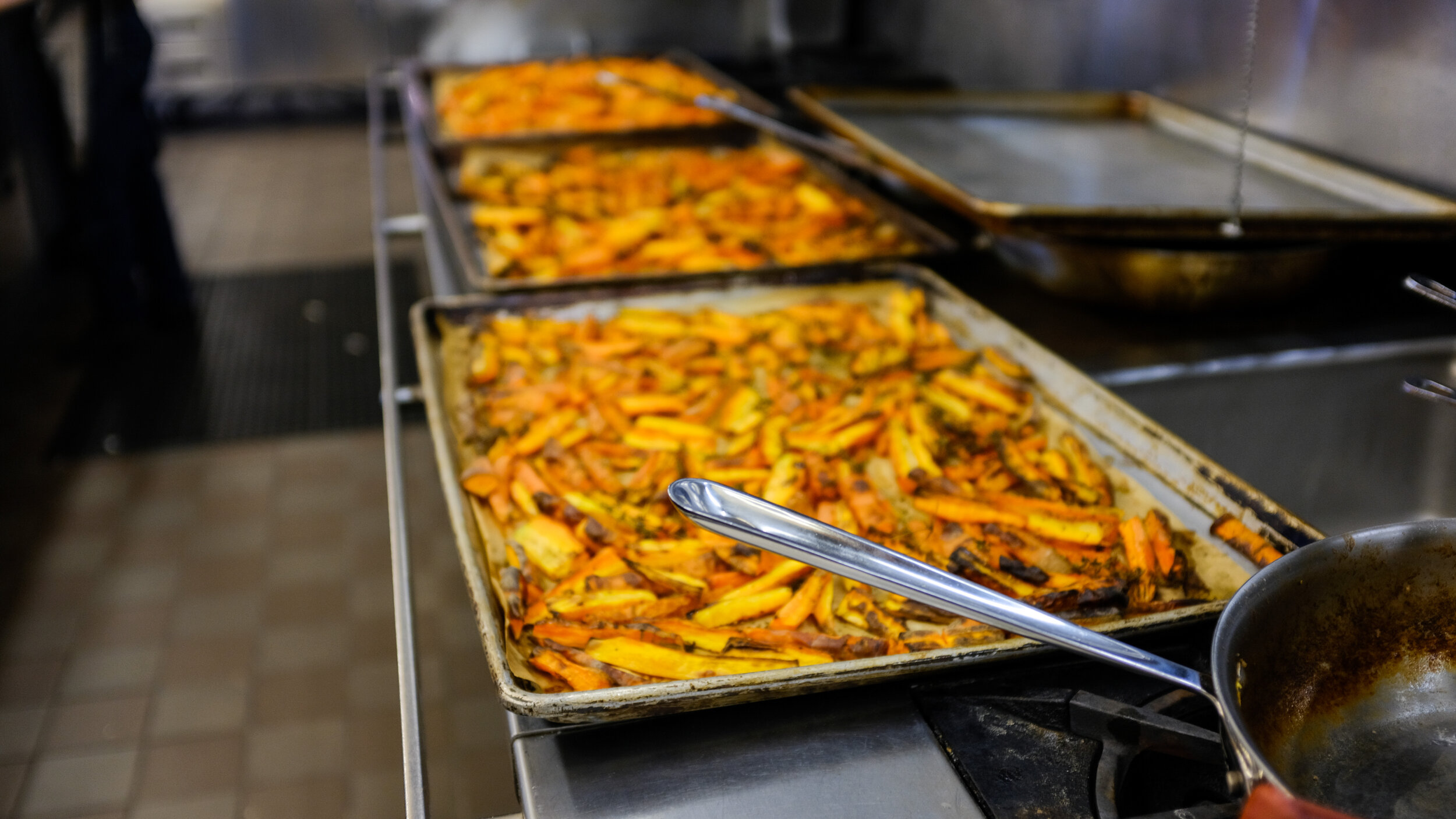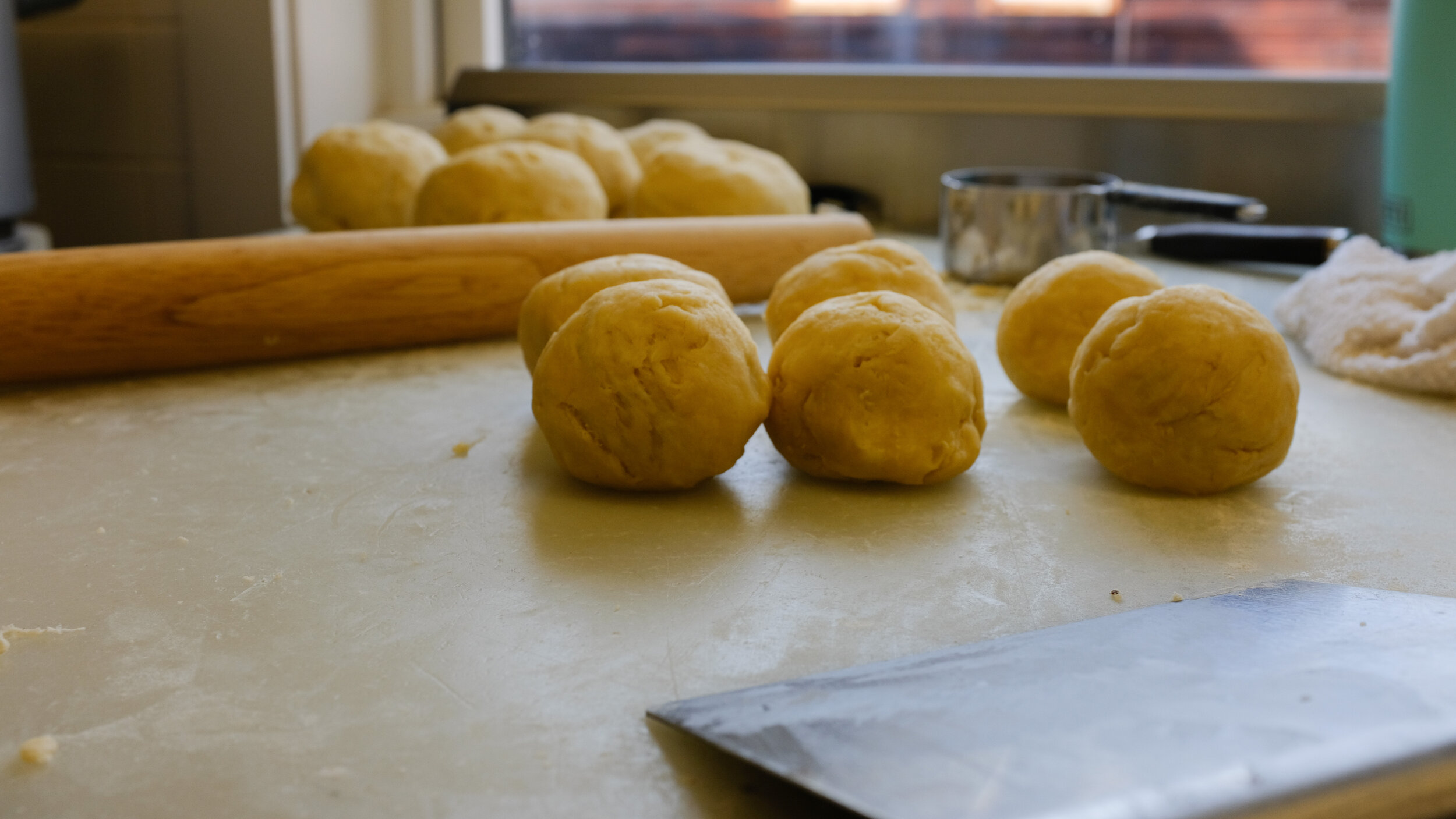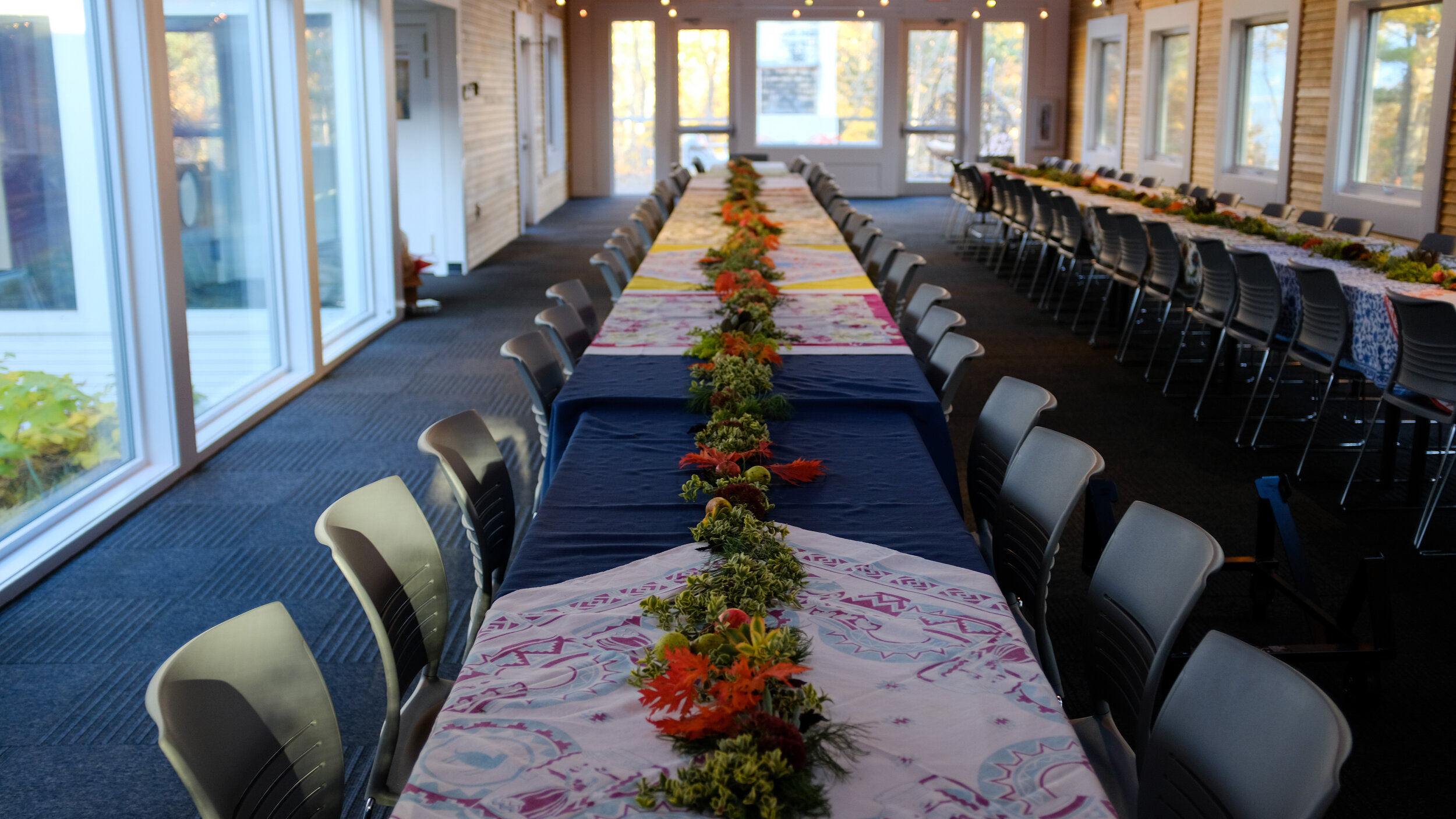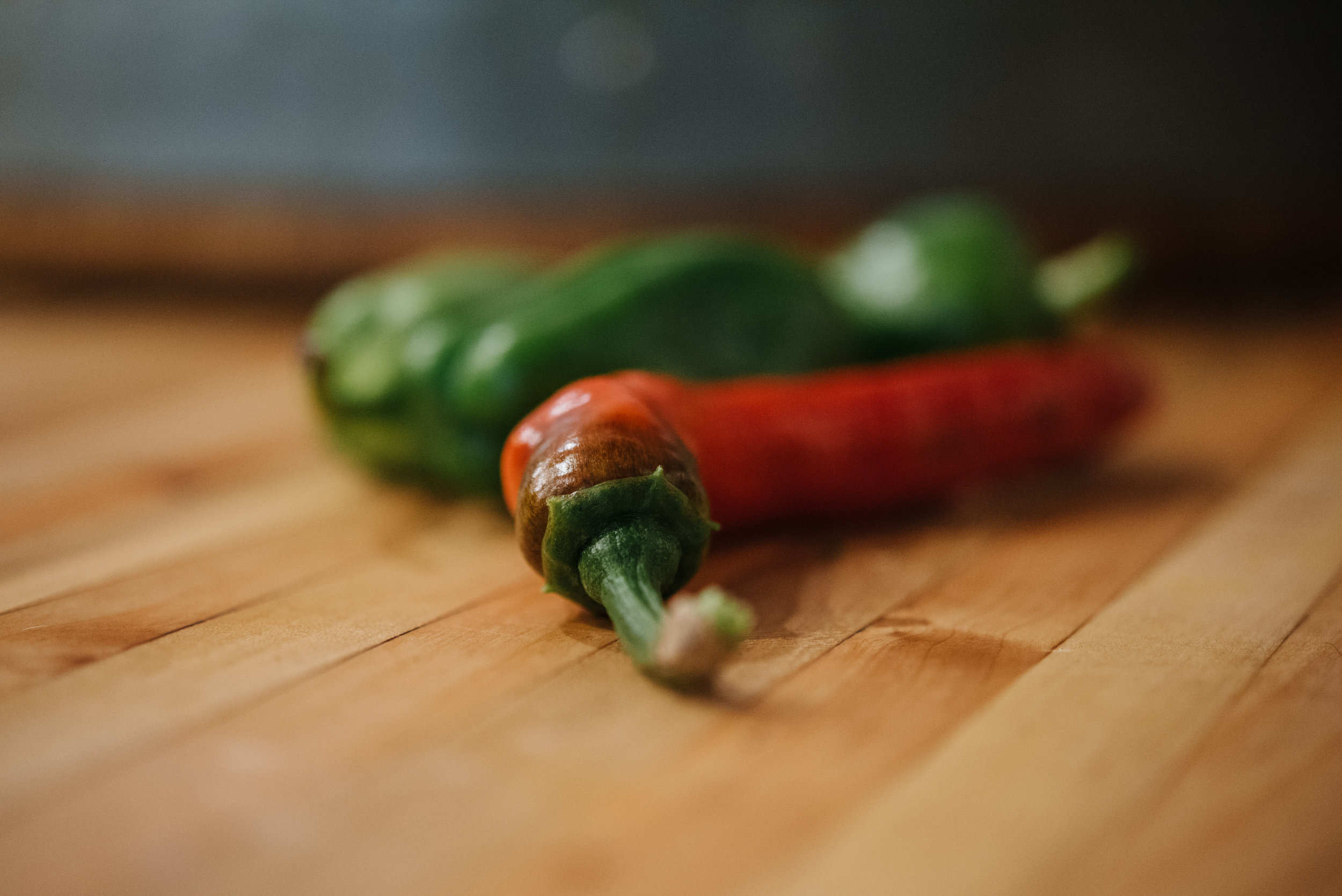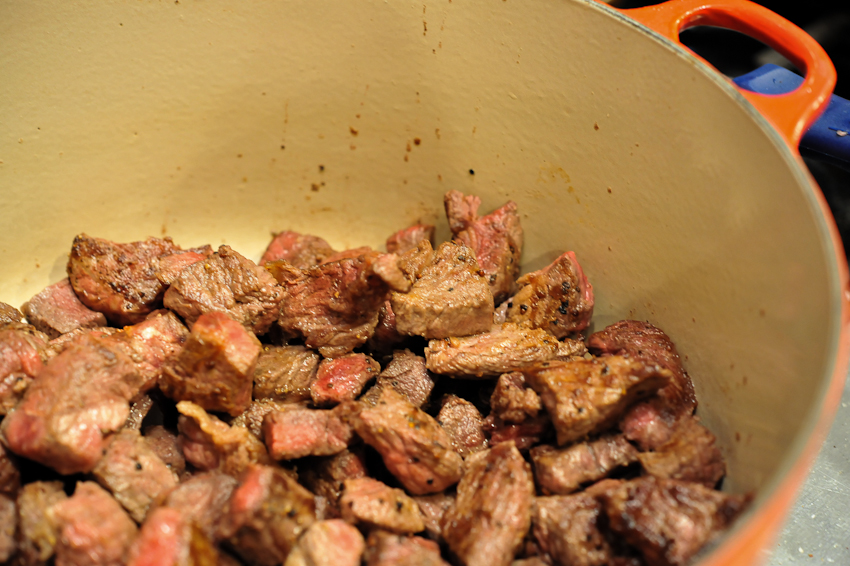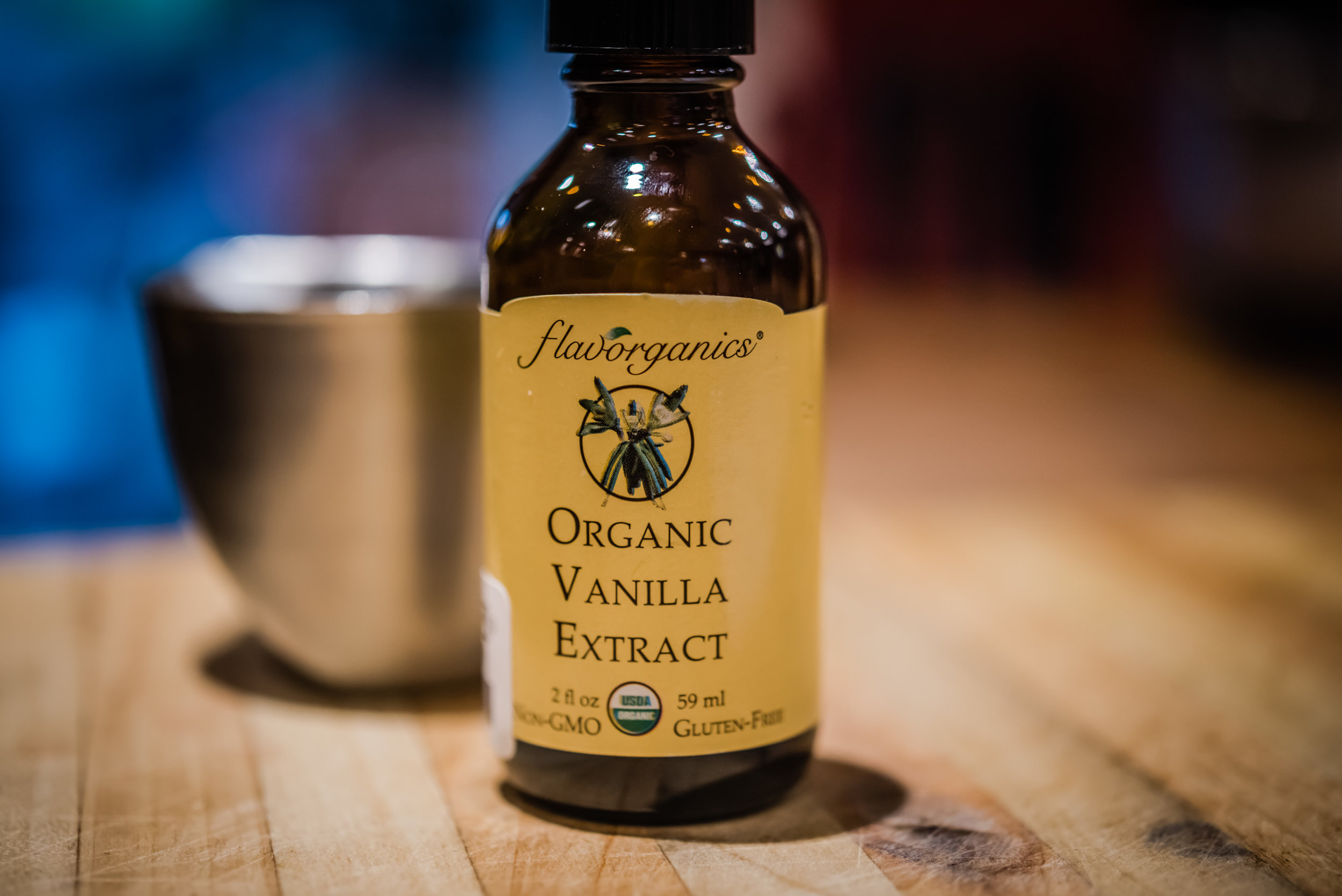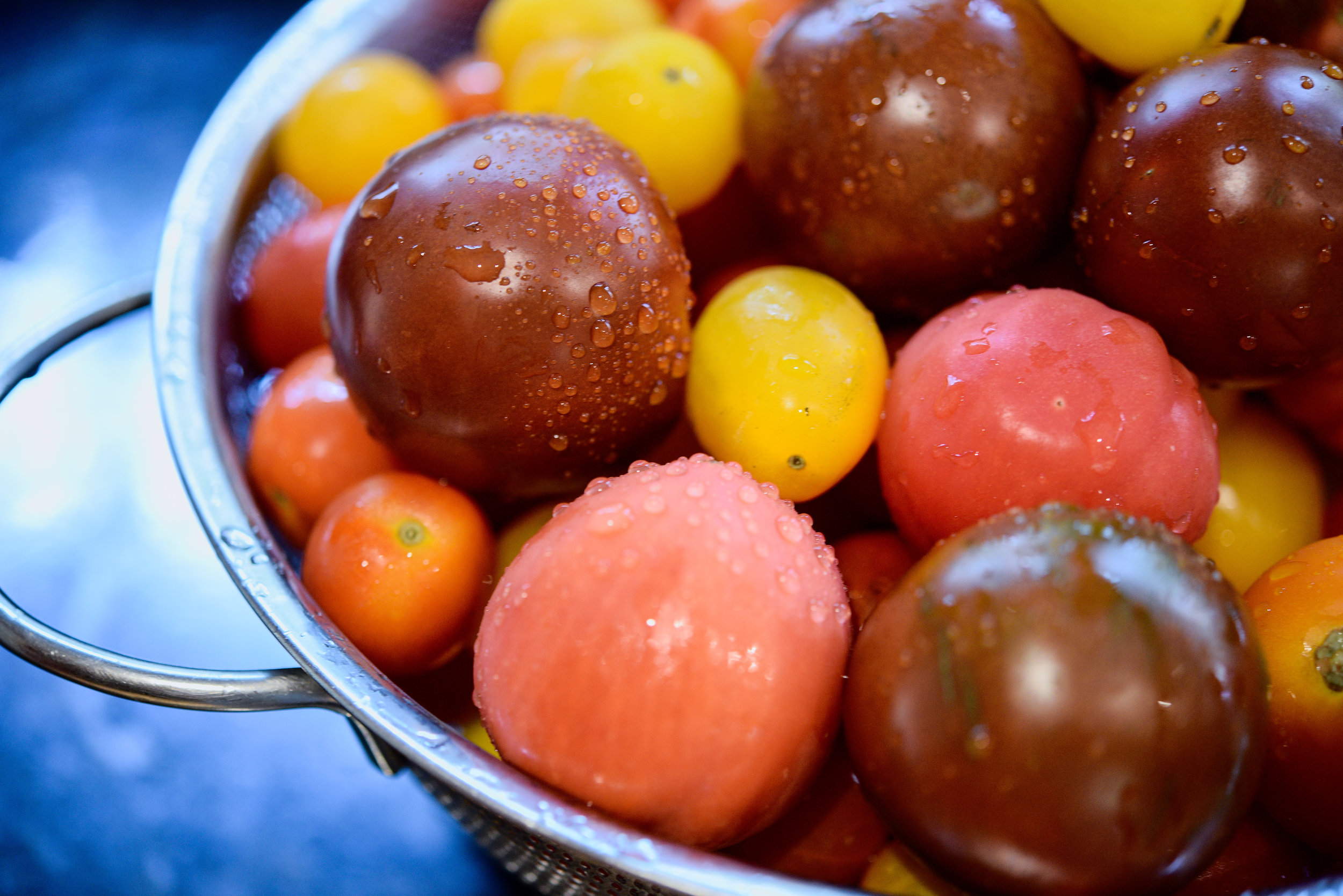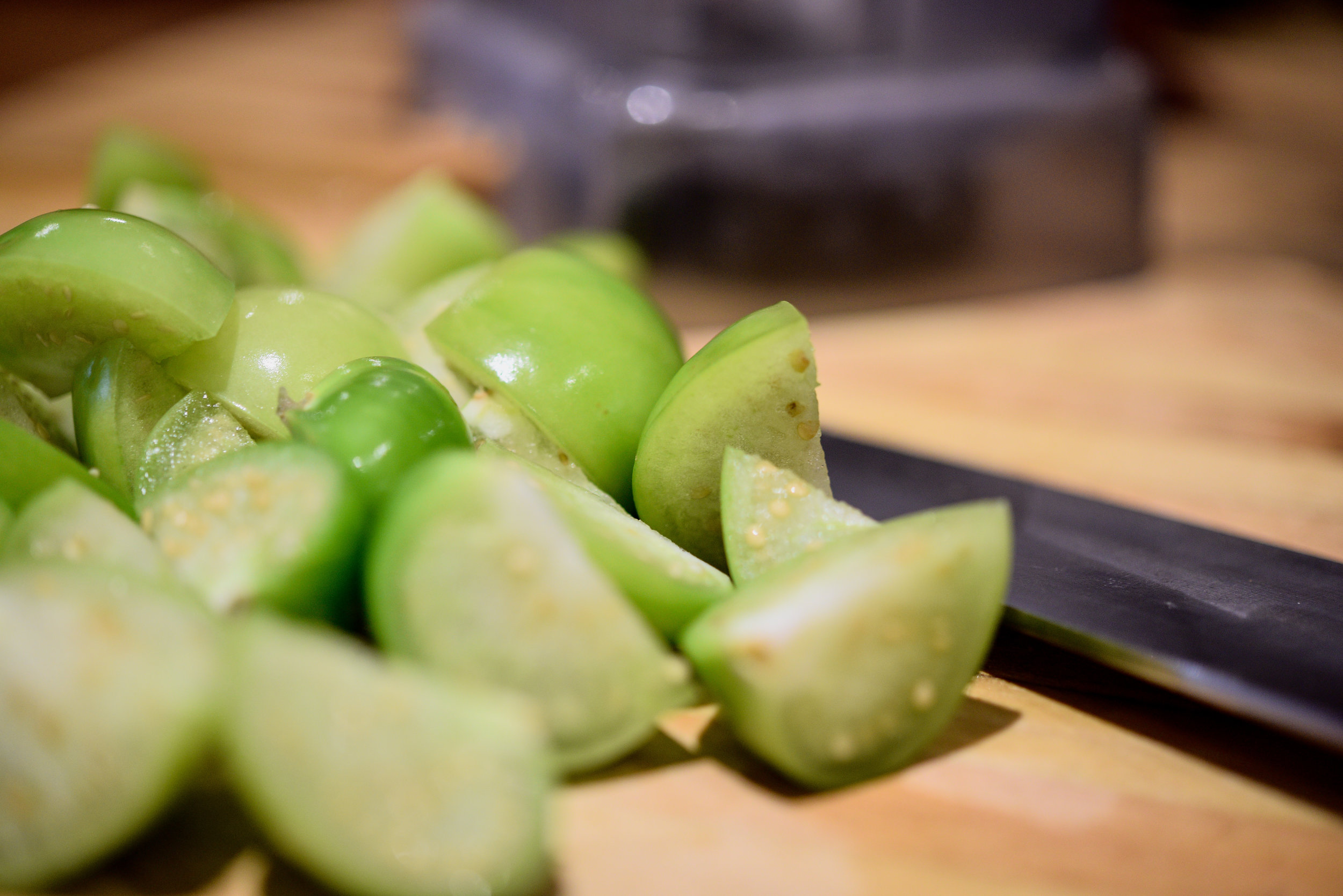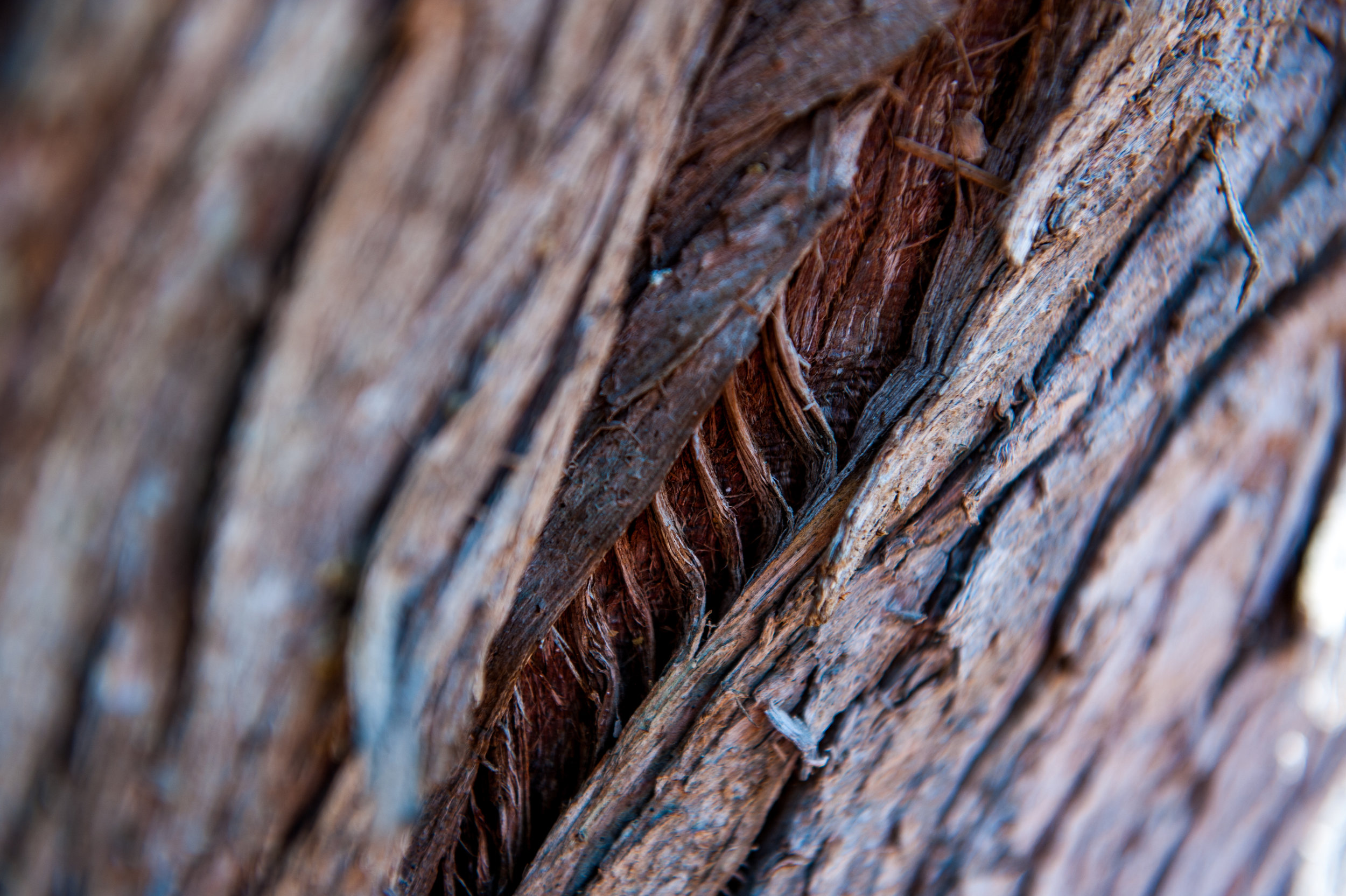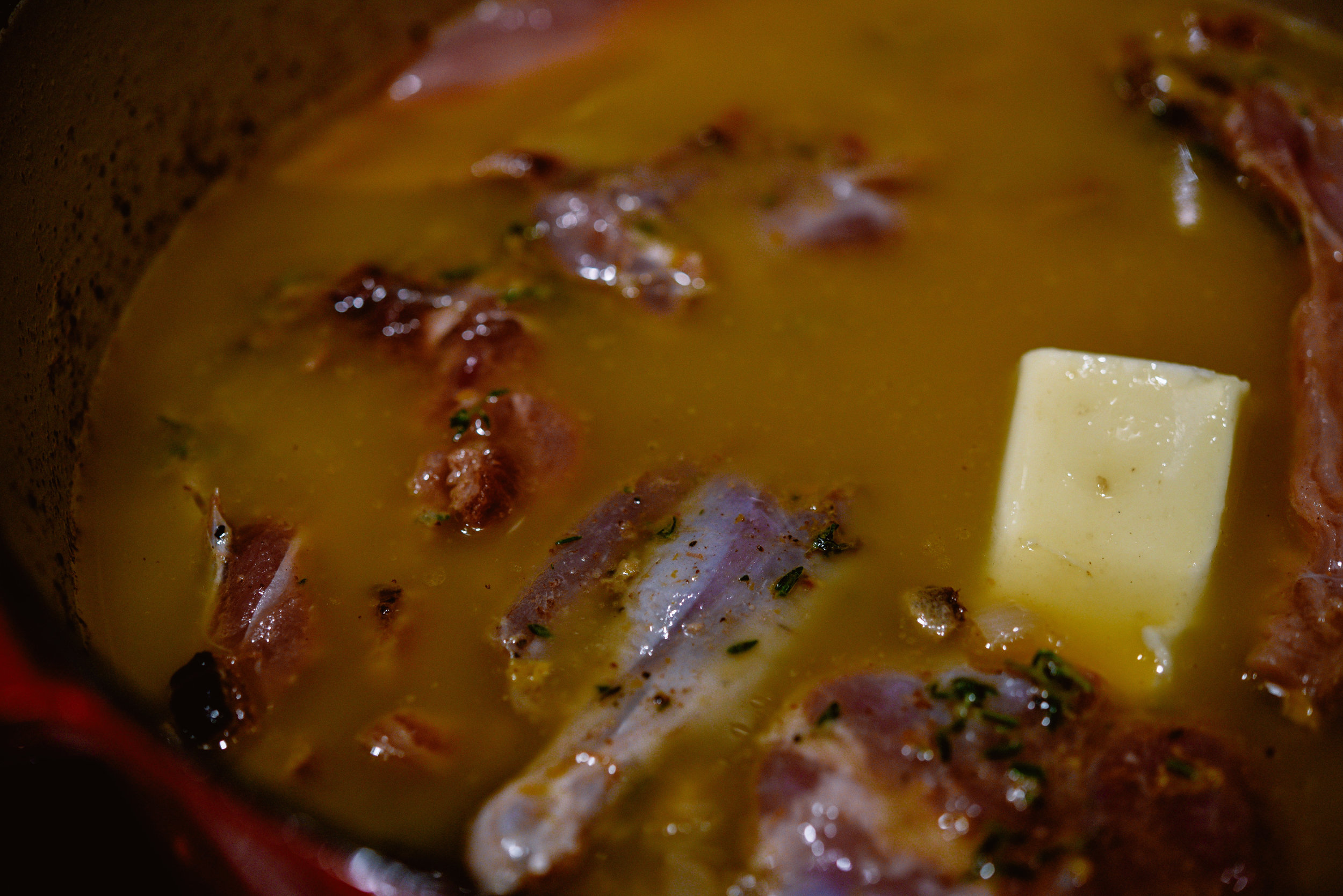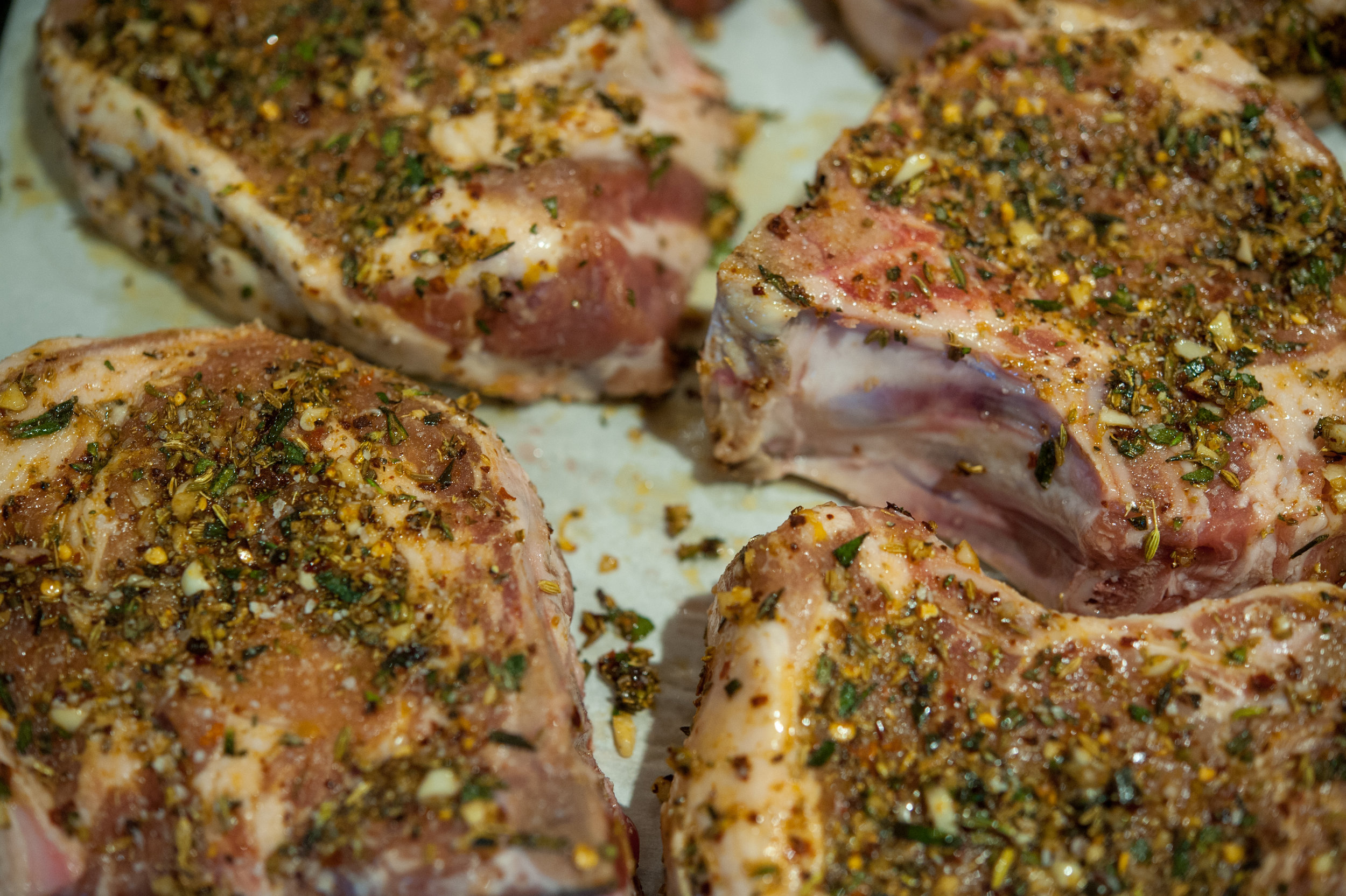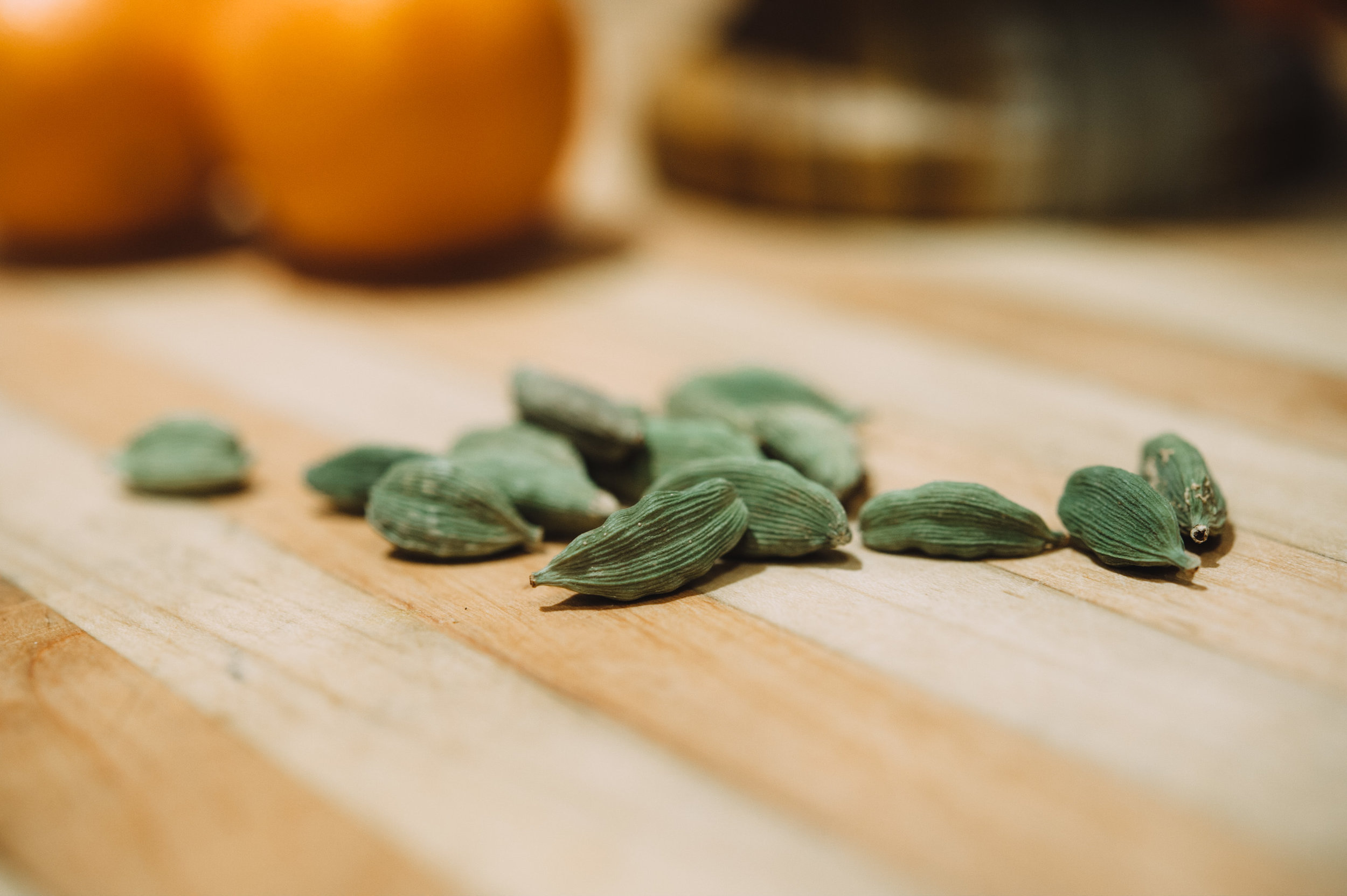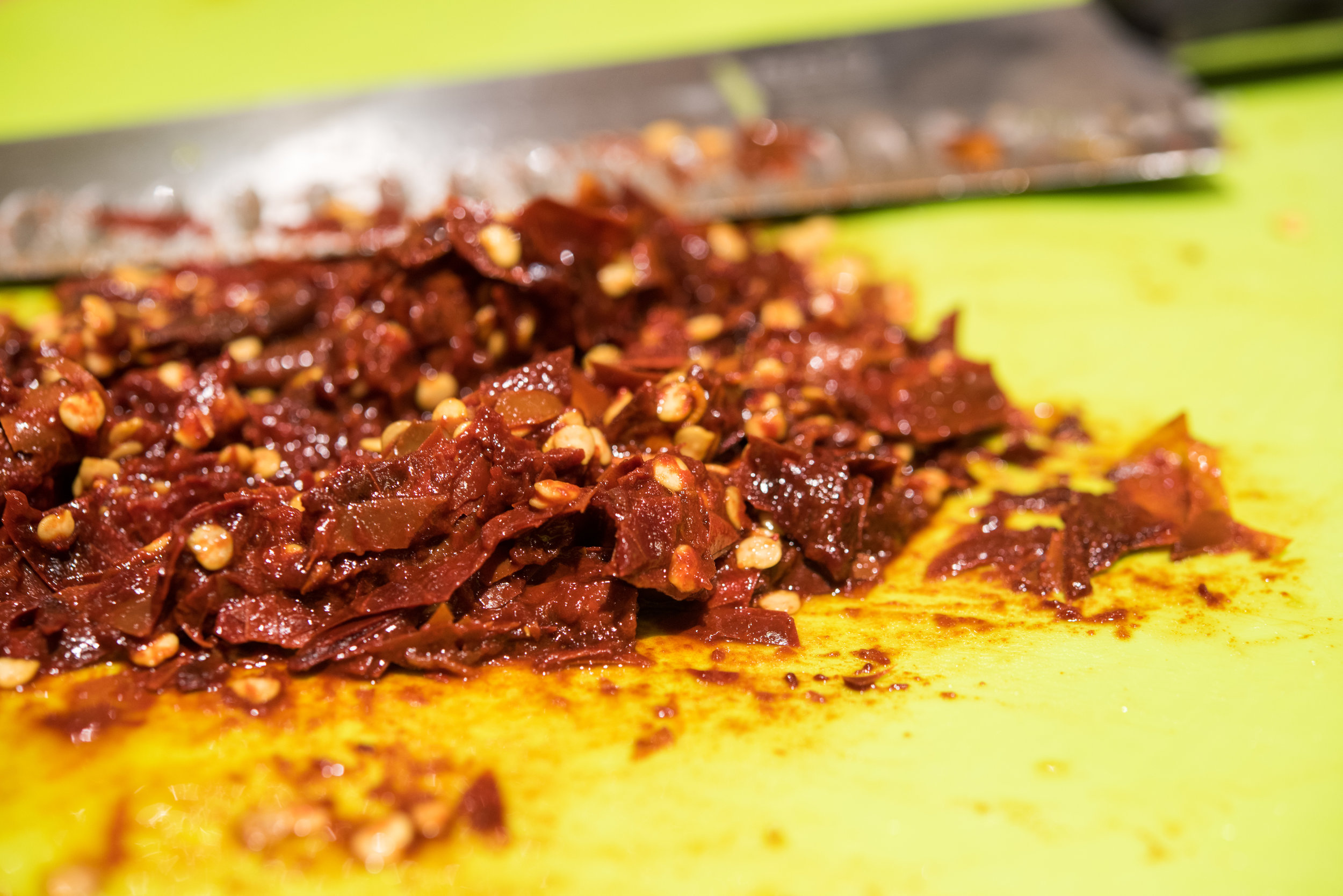Next Time
Next time what I'd do is look at
the earth before saying anything. I'd stop
just before going into a house
and be an emperor for a minute
and listen better to the wind
or to the air being still.
When anyone talked to me, whether
blame or praise or just passing time,
I'd watch the face, how the mouth
has to work, and see any strain, any
sign of what lifted the voice.
And for all, I'd know more -- the earth
bracing itself and soaring, the air
finding every leaf and feather over
forest and water, and for every person
the body glowing inside the clothes
like a light.
William Stafford
About ten years ago, the ground shifted under my feet and I lost sight of myself — #transformation might look good on Instagram but in real life, for me at least, it wasn't such a pretty picture. I was stuck in the mud, knowing full-well that the best way out was through (to paraphrase Robert Frost) and if I had any chance of traveling through this space in a good way, I needed perspective and stamina. It’s pretty damn hard to find either one if you don’t know which end is up but what I did know was this — I desperately wanted a chance to do better, next time.
I’d walk on Bayview Beach nearly every day, wrapped around my own proverbial axle while playing Chuck-it with George, trying to make sense of an internal landscape that had become strange to me. Over the course of many mornings, a simple prayer began to take shape — wings for perspective and breath without impediment. A humble prayer, for sure, but its simplicity cut through the grey noise and illuminated a path with feathers as way-markers and enough space to catch my breath. Throughout this journey back to myself, there were so many feathers — metaphorical signal fires from the Divine that reminded me that by doing the work, I was creating my own wings…..one feather at a time.
Ten years on, breath and wings are still touchstones for me. Reminders that creation and transformation are a strange brew of familiarity, inquisitiveness, and the unknown — and breath is the thread woven through all of it. Joy Harjo, in her book Crazy Brave, said, “Though we have instructions and a map buried in our hearts when we enter this world, nothing quite prepares us for the abrupt shift to the breathing realm.” Our initial gulp of oxygen is the catalyst for our transition from womb to world — our first unconscious act of creation. It sweeps us across the threshold into this “breathing realm”, where we join millions of other souls on this side of the Divine divide and begin the journey to find that map buried in our hearts.
Collectively, we’ve lost sight of ourselves. COVID took away our breath and laid bare what many of us already knew — the threads that held our community together have worn thin and they struggle to support the weight of our grief and our dreams. We are at a crossroads, no doubt about it, and it’s time to answer a simple question — what’s next? How can we, as a community, pray for a bird’s eye view and unimpeded breath in a world that’s been turned upside down by an air-borne virus that’s caused us to distance ourselves for safety? What’s the calculus for determining what we take with us, into this new world, and what we leave behind?
A few years ago, I discovered that the word conspire comes from the Latin conspirare, which literally means “to breathe together”. And that got me thinking — what would be possible if we conspired to simply breathe together as a way forward, if we decided that recognizing our unique perspectives does not diminish our shared experiences, or if we unwrapped ourselves from our own ideological axles and invited our co-conspirators to breathe life into a creative endeavor? And this is where Gayle Chatfield’s stunning birchbark wings come in — as a backdrop for the answers.
My photography project, Words for Water, showed me the power of a collective narrative and it changed that way I look at community organizing. The whole is always greater than the sum of its parts and there is an alchemical process that happens when we conspire to create change, together. While COVID was a universal threat, its impact was not universal — some people suffered unimaginable losses while others escaped relatively unscathed. COVID brought the world to a standstill and now that it’s starting to loosen its grip, we’re given an opportunity to craft a shared story about the landscape we traveled through and what we learned along the way.
Carol Bebelle, co-founder of the Ashé Cultural Arts Center in New Orleans, had this to say about her city after Katrina, “People needed something magical to help them feel better enough to face the next day. Every day was a reminder of irreversible loss . . . So we had art as a healing force: music, the opportunity for people to be together and to find creative ways in which to interact. This became the work that we did. There are so many things that anchor our existence. To lose them all leaves us on a sea without an anchor. So people were dealing with identity issues. They were dealing with disenfranchisement issues, they were dealing with homesickness. They were dealing with loss in a huge fashion. What we really came to appreciate was the necessity to get some air in the room first before you try and do something else, to get them some oxygen so that they can start breathing. So art became the oxygen.”
Bebelle’s phrase, art became the oxygen, was the inspiration for this new storytelling project and question — How Will You Conspire to Create Community? The synergy between conspire (to breathe together) and the creative process as oxygen (fuel for life/growth/change) felt like a good place to start the work of unpacking our experiences during COVID and how we intend to move beyond it. Our individual capacity for creativity and imagination creates a wellspring of answers to this foundational question and it’s this diversity of interpretation that’s the heart of artistic expression. We’ve got some difficult conversations ahead, as we begin to put things back together, and using art as a tool to navigate this uncharted territory can reduce some of the anxiety and fear of the unknown.
This new project is very similar to Words for Water but instead of holding a chalkboard, you’ll stand in front of the wings at Bates Art Bar in Bayfield, I’ll take your photo, and share your answer to the question — How Will You Conspire to Create Community? Your answer can be as elaborate as writing a play for a community theater group or as simple as planting flowers in your neighbor’s yard. It’s not about the end result, it’s about the process and your desire to create/breathe life into something that softens some of the rough edges caused by COVID and all its dismantling.
My answer is a long one (of course, I never met a run-on sentence I didn’t like!) — the manifesto from the Dark Mountain Project. Numbers 3 and 6 are where I intend to spend my time conspiring with you all. Get in touch if you’d like to share your answer and conspire to do it better, next time. I can’t wait to see where this story takes us.
“We must unhumanise our views a little, and become confident
As the rock and ocean that we were made from.
1. We live in a time of social, economic and ecological unravelling. All around us are signs that our whole way of living is already passing into history. We will face this reality honestly and learn how to live with it.
2. We reject the faith which holds that the converging crises of our times can be reduced to a set of ‘problems’ in need of technological or political ‘solutions’.
3. We believe that the roots of these crises lie in the stories we have been telling ourselves. We intend to challenge the stories which underpin our civilisation: the myth of progress, the myth of human centrality, and the myth of our separation from ‘nature’. These myths are more dangerous for the fact that we have forgotten they are myths.
4. We will reassert the role of storytelling as more than mere entertainment. It is through stories that we weave reality.
5. Humans are not the point and purpose of the planet. Our art will begin with the attempt to step outside the human bubble. By careful attention, we will reengage with the non-human world.
6. We will celebrate writing and art which is grounded in a sense of place and of time. Our literature has been dominated for too long by those who inhabit the cosmopolitan citadels.
7. We will not lose ourselves in the elaboration of theories or ideologies. Our words will be elemental. We write with dirt under our fingernails.
8. The end of the world as we know it is not the end of the world full stop. Together, we will find the hope beyond hope, the paths which lead to the unknown world ahead of us.”






